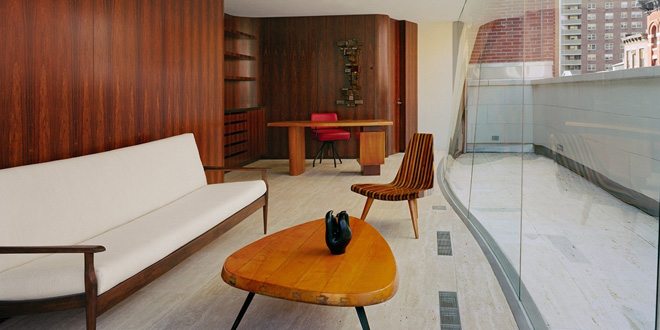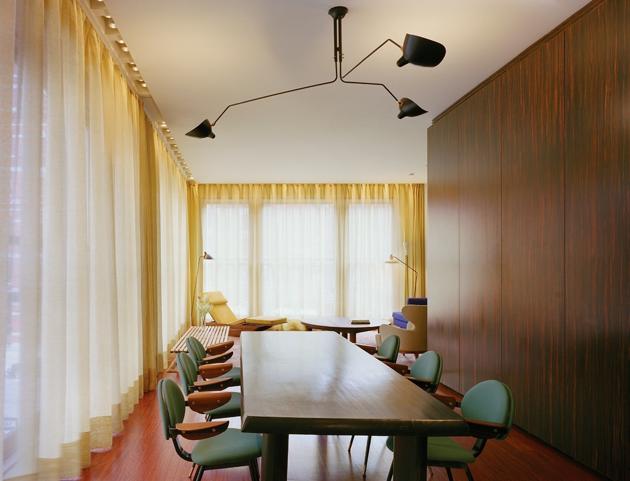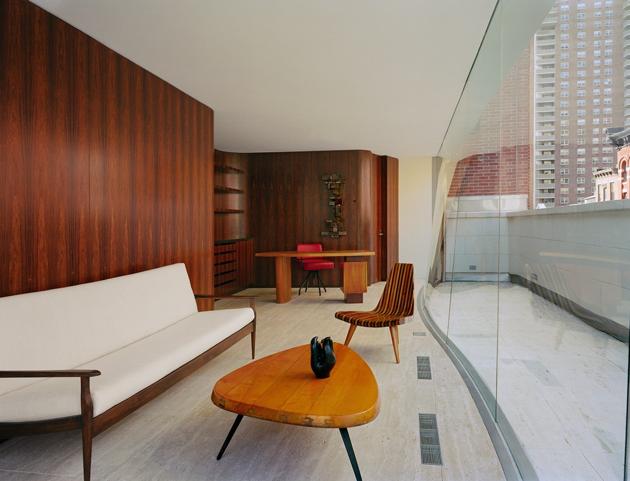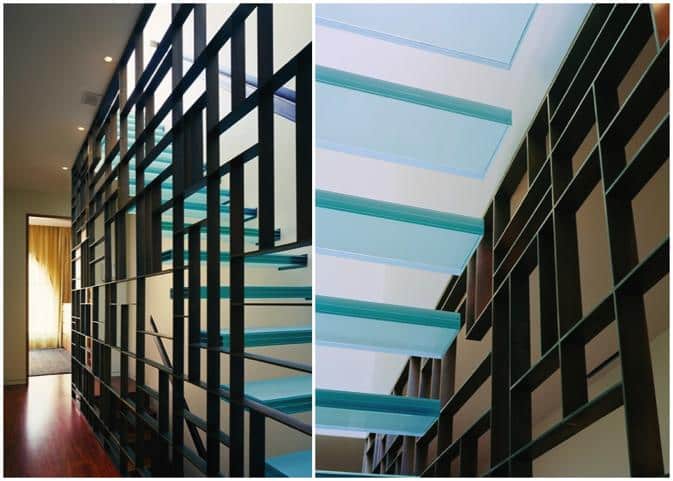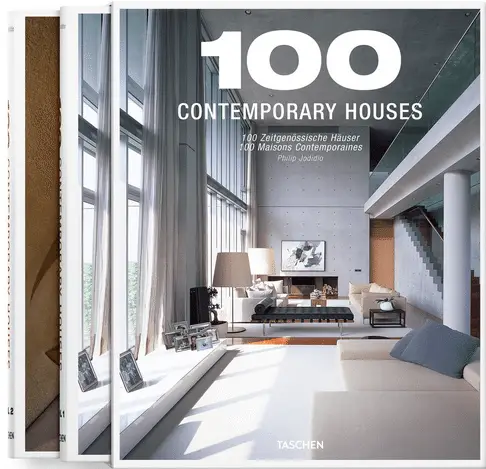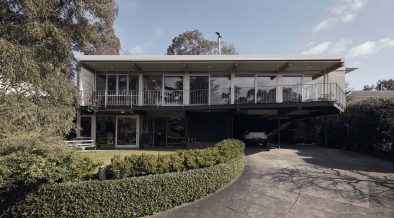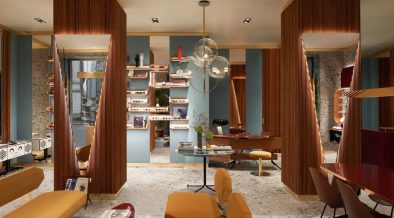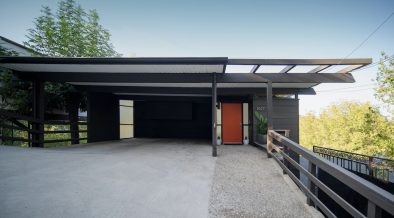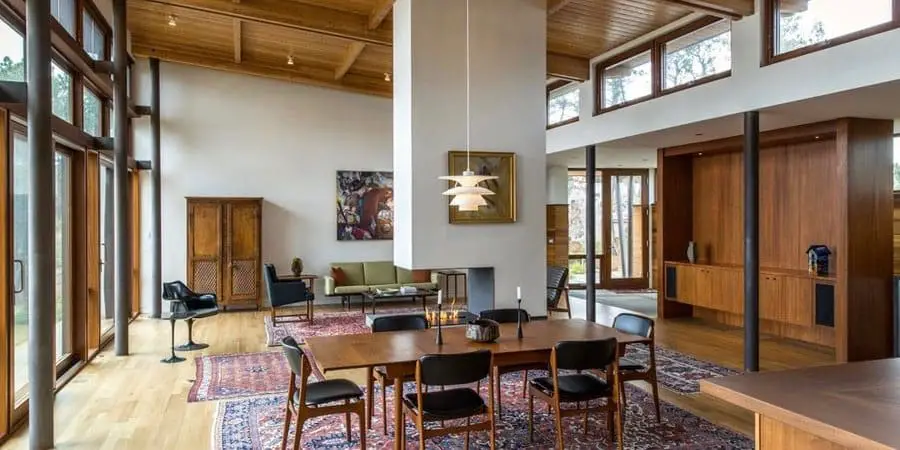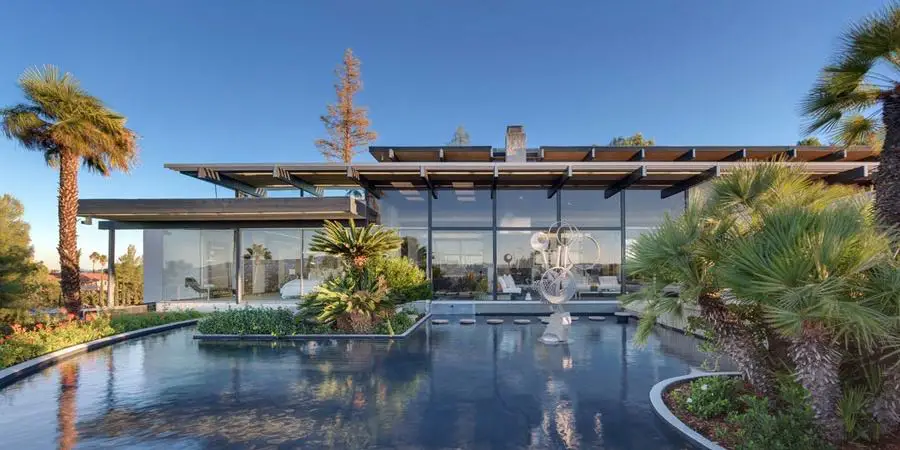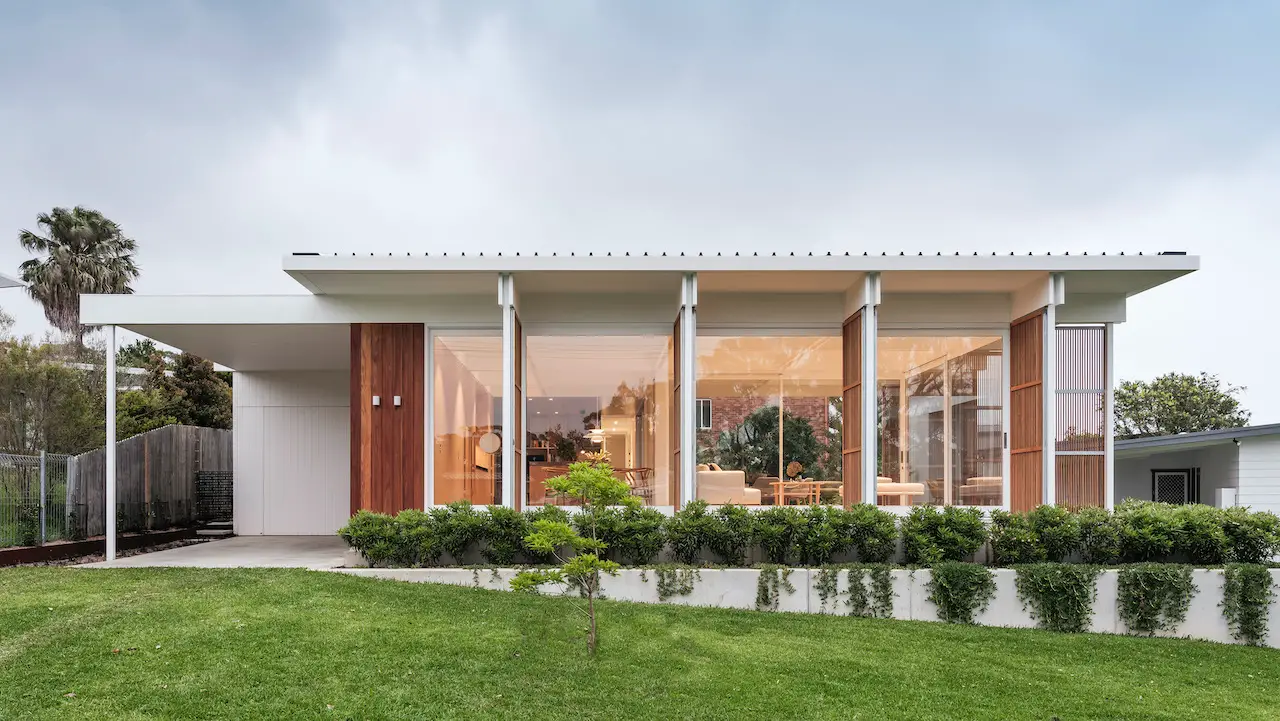[tie_slide]
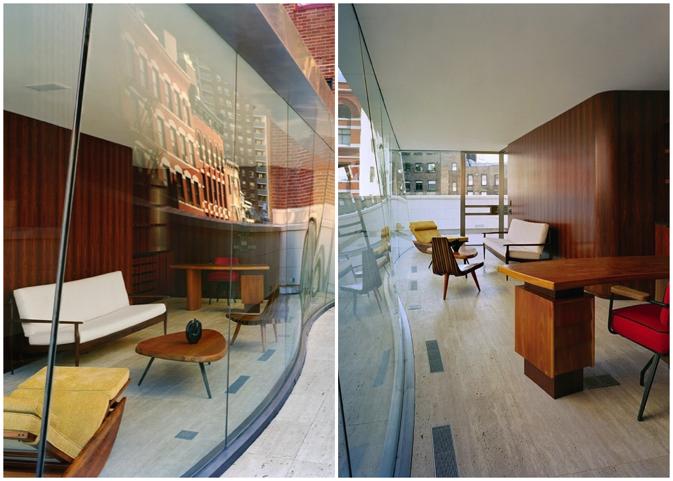 [/tie_slide]
[/tie_slide]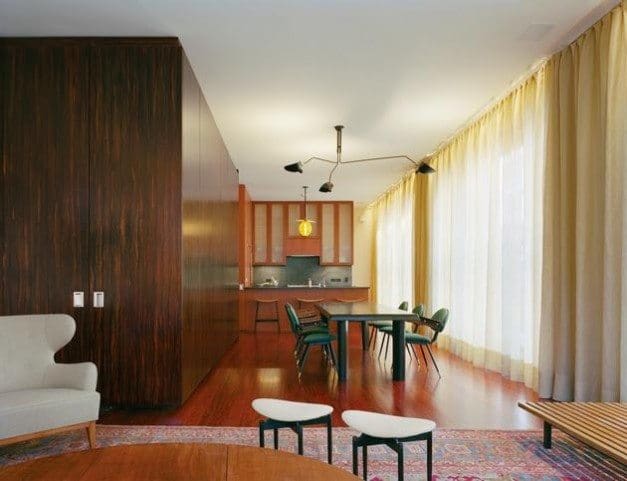 [/tie_slide]
[/tie_slide]
[tie_slide]  [/tie_slide]
[/tie_slide]
[/tie_slideshow]
By the turn of the twentieth century elegant townhouses around Harrison Street and Washington Street in New York, were turned into businesses, ripping out beautiful parlor floors and replacing them with warehouse doors.
The Washington Street Market, were this apartment is located, along with its bustling commercial activities engulfed the neighborhood entirely, driving residents away from the houses. Elegant crown moldings and mantles were substituted by commerce.
The area remained as warehouses for more than seventy years after which the warehouses were salvaged and restored into their original intention of living compounds.
Tribeca has a rich history of buildings that made remarkable recovery and the Harrison St townhouse renovated by 1100 Architect, is no exception. Although the interior of this restored townhouse, built in 1919, is limited, the expansive windows enhances the feeling of space by letting filtered sunlight into the home.
Inside, a rich selection of wood, floor-to-ceiling bronze screens, build-in handrails and compound curved glass walls compliment each other throughout the apartment and penthouse. The interior was completely rebuilt consisting of three levels of living spaces, one of which is the penthouse, conveniently set back from the roof’s edge making it barely visible from the ground floor.
The clever use of wood paneled built-ins divides the spaces without interrupting the flow of the apartment, creating a continuous arrangement of living spaces. A minimum of furnishings is required due to the fact that the architecture upon itself provides ample decoration retrospect.
According to the blog ‘Daytonian in Manhattan’, the lost “patina from the passage of time” is coming back. Three decades of weathering has given the replacement brick a warm, aged look. An important remnant of early 19th Century Manhattan has been salvaged and a charming residential enclave created in the midst of a bustling city.
This early twentieth century beauty has made a stupendous comeback and sits as a distinguished landmark among other historical buildings in New York thank you to 1100 Architect.

